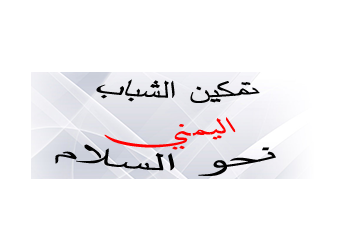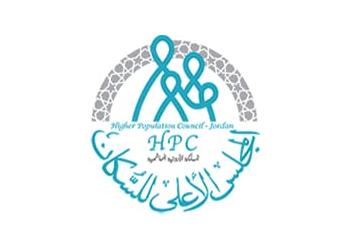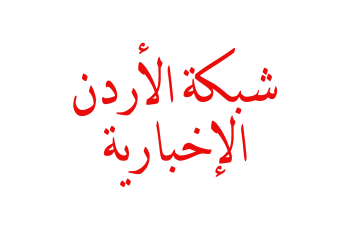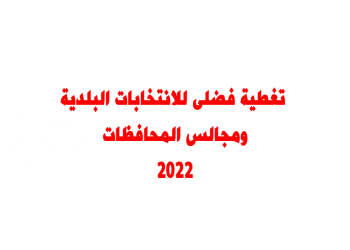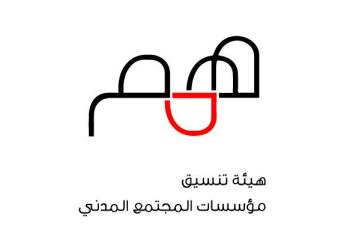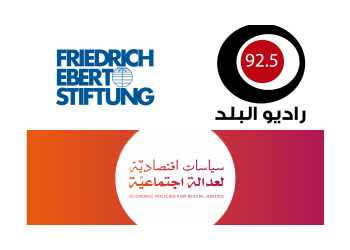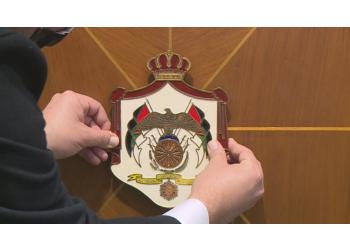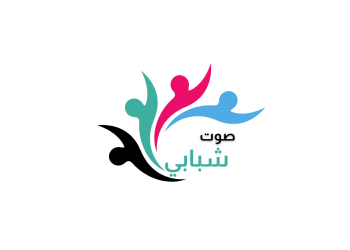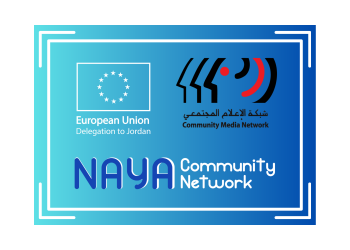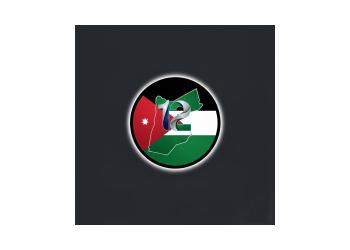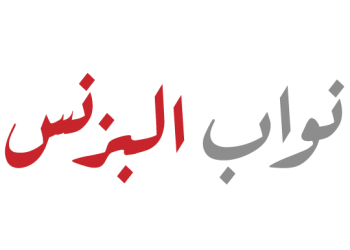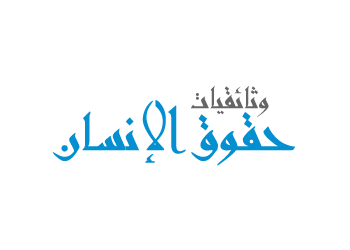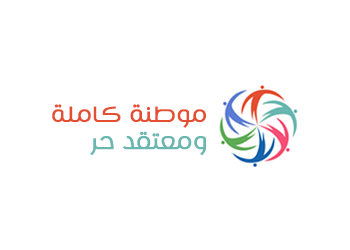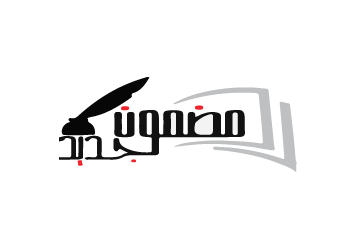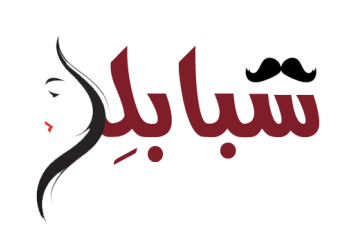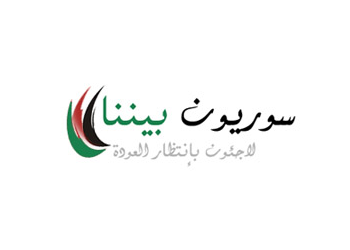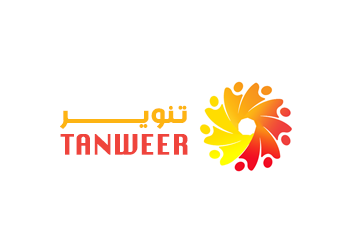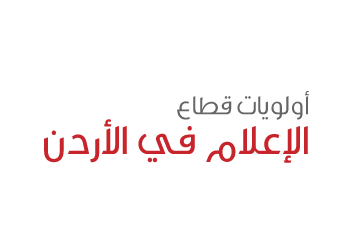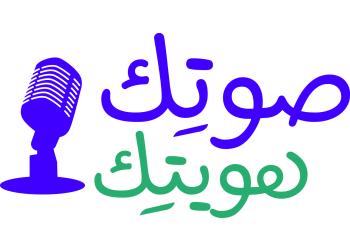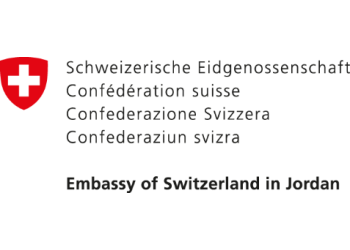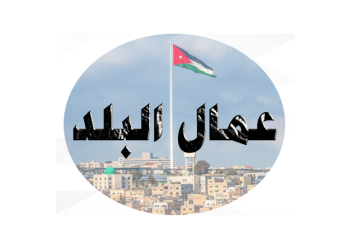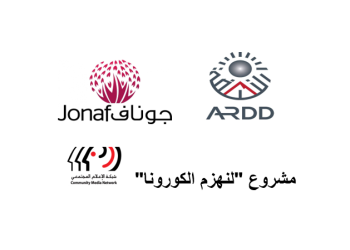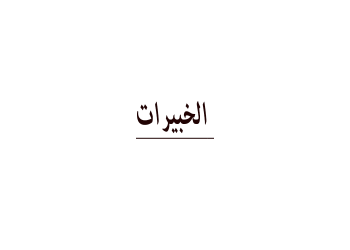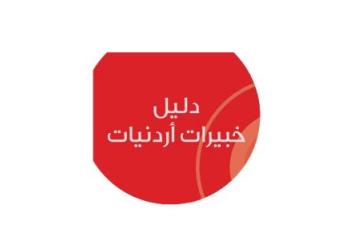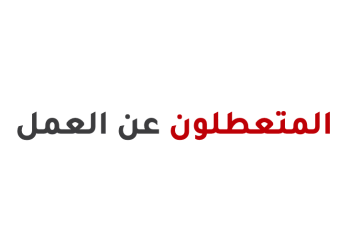Building greater Europe
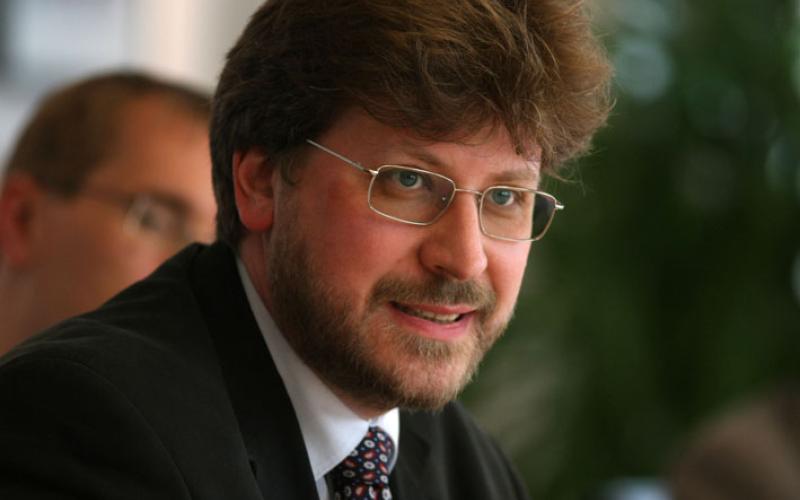
Greater Europe is at a crossroads. Twenty years after the fall of the Iron Curtain, it remains divided, unable to unify into a global force. Each of the three parts of Greater Europe - Russia, the European Union, and the countries between them - is in crisis. The causes and forms of these crises differ, but the consequences are almost identical.
Russia has reached the limit of growth derived from its post-communist reconstruction. Today, it has strengthened its state institutions, overcome economic decline, and regained status as a major actor in world politics.
Yet Russia’s future is questionable. Soviet resources, in terms both of infrastructure and ideology, are exhausted.
The country’s economy remains unable to make optimal use of relatively high energy-export revenues. Russian society and its leaders have no clear vision of the future, and the country’s demographic decline offers little hope of a rapid and sustainable turnaround. This suggests that Russia, unable to compete with the world’s fast-developing countries, will have to direct its efforts towards protecting its waning assets.
The EU gives the outward impression of being a successful project. Europeans are experiencing an unprecedented period of peace and prosperity; their integration model has now spread to include most of the continent. But governing the enlarged union has become more difficult and less efficient. Consolidation is giving way to friction, with more energy needed to overcome the EU’s internal problems.
The EU’s inefficiencies, coupled with changes in the international priorities of some of its member states, have led to a decline in the Union’s political clout. If this trend continues, the EU’s waning influence will inevitably weaken its economic position and reduce its competitiveness.
The EU’s future enlargement to adjacent territories - the essence of its foreign policy in the last 15 years - will become less and less likely. In short, the EU will no longer be able to offer attractive membership prospects to neighbouring countries, nor will it be able to allocate adequate resources for surrogate membership schemes like the Eastern Partnership.
This dilemma has begun to have a negative effect on the countries that lie between Russia and the EU. Developments in these countries during the post-communist years marked a gradual change from Russian to European influence, but that is not irreversible.
The EU and NATO are unable to expand farther, even though they may want to maintain post-Soviet countries’ interest in membership in order to prevent their possible return to Russia’s orbit. These “intermediate” countries therefore remain in limbo. The global economic crisis has aggravated this ambiguity, while also markedly reducing the flow of resources that these needy countries receive.
Greater Europe’s three parts are, then, in a state of strategic uncertainty. The post-communist transitional agenda is exhausted, without having yielded a sustainable European politico-economic structure. Although no new project is in sight, two basic scenarios appear possible.
The first scenario is a continuation of the current situation. Russia and the EU would continue trying to consolidate their positions by competing for influence over their mutual neighbours.
The EU’s greater economic power still attracts other countries, but this power might lose its lustre if the EU continues to disappoint them by failing to meet their expectations. While Russia is not as politically or economically appealing as the EU, it can fall back on reliance on its natural resources to achieve its political objectives in adjacent territories. Moreover, both the US and China nowadays find Russia to be more strategically interesting than Europe, and that doesn’t go unnoticed in, say, Kie? or Minsk.
Both the EU and Russia have advantages to offer, so competition between them could be fierce. But this competition is set to occur in a Greater Europe that is becoming marginalised in global terms. The climate-change conference in Copenhagen last December illustrated this decline, as it was the four main emerging countries - China, India, Brazil, and South Africa - that held the key negotiations in which US President Barack Obama actively intervened. Russia had a low profile, but the EU, which considers itself the leader of climate policy, was simply informed post factum.
If the political environment continues to develop in this manner, Greater Europe, torn by conflicts rooted in its past, will have to take a subordinate role on the global stage.
In the second scenario, Russia and the EU would pool their efforts and collaborate. Greater Europe would thus be able to claim a leading role in addressing international issues. Once Russia and the EU decide to consolidate their efforts, they would inevitably address their neighbours’ difficulties in the context of shared responsibility, not rivalry. Closer integration with the EU is therefore widely seen as important to the success of Russia’s own economic transformation.
But model of integration followed from the 1990s up until about 2005 was not a success. The obstacles hindering its success included Russia’s inability or refusal to transform itself in line with the European model, as well as Europe’s lack of the ambition and imagination needed to launch a new project for the genuine unification of the whole of Europe.
If kept separate, the three parts that make up Greater Europe will become politically marginalised. Preventing this requires political will, especially within the EU, which all too often seems to favour playing a neutral role. To work, integration must be balanced and equal, with both Russia and the EU adopting some of each other’s ideas.
This process will occur as the two parties start to identify priority areas for interaction, beginning with oil and gas, as well as military-technical and aerospace cooperation. Without such a process, Europe will remain divided, with no leadership role in the 21st century.



